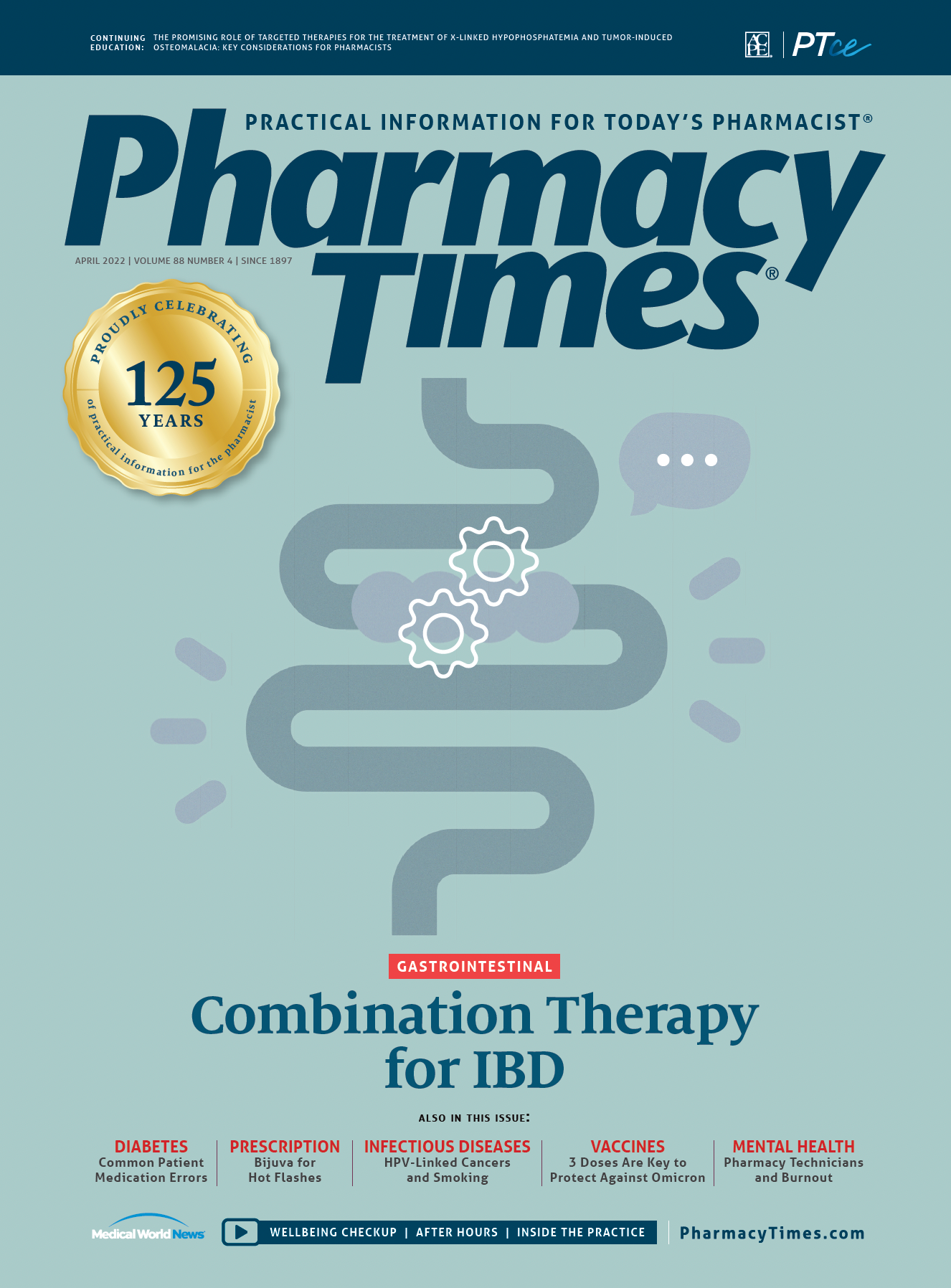Publication
Article
Pharmacy Times
Court Upholds Dismissal of Civil Suit Over Pharmacist’s Call to Police About Prescription
Patient’s lawsuit alleges 4 legal theories as bases for liability, including defamation and emotional distress.
Issue of the Case
Can a civil lawsuit by a patient arising from a pharmacist alerting local police that a suspicious prescription was presented for dispensing proceed by alleging 4 legal theories as the bases for liability?
Facts of the Case
A pharmacist at a location of a national pharmacy chain in a Southern state assessed a prescription presented for dispensing and concluded that it was suspicious and potentially fraudulent. The practitioner applied the pharmacy chain’s policies for assessing and verifying prescriptions for controlled substances.
After the pharmacist contacted local police, 2 officers arrived and took the patient and his spouse in for questioning. Following additional investigation, the couple were released.
The couple then filed a lawsuit against the pharmacy chain and the pharmacist on duty when the prescription was presented and refused. The couple asserted 4 bases for potential liability: defamation, intentional infliction of emotional distress, negligence, and negligent infliction of emotional distress.
The attorney representing the pharmacy chain and the pharmacist filed a motion with the state trial court judge asserting that “no genuine issue of material fact existed and that, as a result, the defendants were entitled to have the case dismissed.”
The argument was that the couple “could not meet the burden of proof as to any of the alleged claims.”
The motion requested summary judgment, meaning that the judge would cut short the proceedings and rule in favor of the defendants.
Following a hearing, the trial court judge issued an order in favor of the chain and the pharmacist.
He ruled that the plaintiffs had “failed to sustain their burden of production as to necessary elements for their claims of defamation, intentional infliction of emotional distress, negligent infliction of emotional distress, or negligence, there are no genuine issues of material fact, and the defendants are entitled to judgment as a matter of law.”
This lack of material facts to support the claims in the dispute led to dismissal of the lawsuit.
The plaintiffs did not agree with the trial court judge’s ruling and pursued an appeal with the state court of appeals.
The Ruling
The state intermediate appellate court concluded that the decision of the trial court judge to dismiss the lawsuit was indeed correct.
The Court's Reasoning
With a focus on the granting of the defendants’ motion for summary judgment, the court pointed out that “summary judgment is appropriate when the pleadings, depositions, answers to interrogatories and admissions on file, together with the affidavits, if any, show that there is no genuine issue of any material fact, and the moving party is entitled to a judgment as a matter of law.”
The allegation of defamation was dismissed because the pharmacist’s statements to law enforcement were privileged, meaning that they were legally protected communications. The pharmacist had a duty under the state’s pharmacy practice act to check the patient’s prior prescriptions when presented with a new one requesting dispensing of a controlled substance.
The pharmacist acted “in good faith by reporting what they called a suspicious prescription to law enforcement,” the court said.
Referring to a prior court decision, the appellate judges said, “A citizen has a privilege to start the criminal law into action by complaints to the proper officials, so long as one acts either in good faith, ie, for legitimate purpose, or with reasonable grounds to believe that the person proceeded against may by guilty of the offense charged.”
Additionally, “when a citizen ‘merely states what is believed’ “ to prosecuting authorities and leaves “the decision to prosecute entirely to the uncontrolled discretion of the officer, then the citizen has not instigated a criminal proceeding,” the judges said.
The court recounted in detail the steps taken by the pharmacist that led to her decision. First, the patient’s address noted on the prescription differed from the address on the identification he presented. Next, she consulted the prescription drug monitoring program databases for her state and a neighboring state, finding that the patient had recently received 2 prescriptions for the same controlled substance. Those databases also showed that the patient had gone to different pharmacies to obtain the medication. Next, the patient wanted to complete the transaction by paying out of pocket. Additionally, the prescription was not written on watermarked security paper but on standard printer paper. Also, the prescriber’s signature looked abnormal compared with other prescriptions in the pharmacy’s database written by that practitioner.
Further, the pharmacist never said the prescription was forged, but rather that the patient had presented a fraudulent prescription.
The pharmacist said she knew the prescriber who wrote the prescription.
What attracted her attention was that the patient had received multiple prescriptions for the same controlled substance from 2 different prescribers during approximately the same time period. Moreover, a call to the office of the prescriber in question led the office nurse to indicate that the prescription medication should not be dispensed.
Joseph L. Fink III, JD, DSC (Hon), BSPharm, FAPhA, is a professor of pharmacy law and policy and the Kentucky Pharmacists Association Professor of Leadership at the University of Kentucky College of Pharmacy in Lexington.

Newsletter
Stay informed on drug updates, treatment guidelines, and pharmacy practice trends—subscribe to Pharmacy Times for weekly clinical insights.






